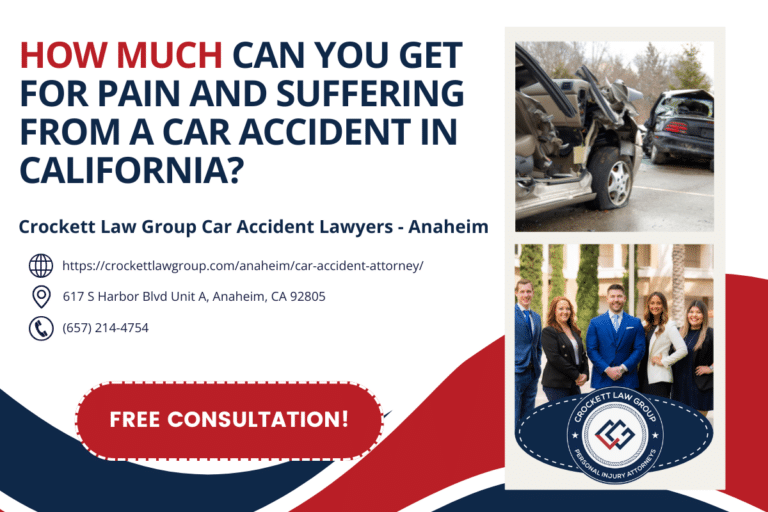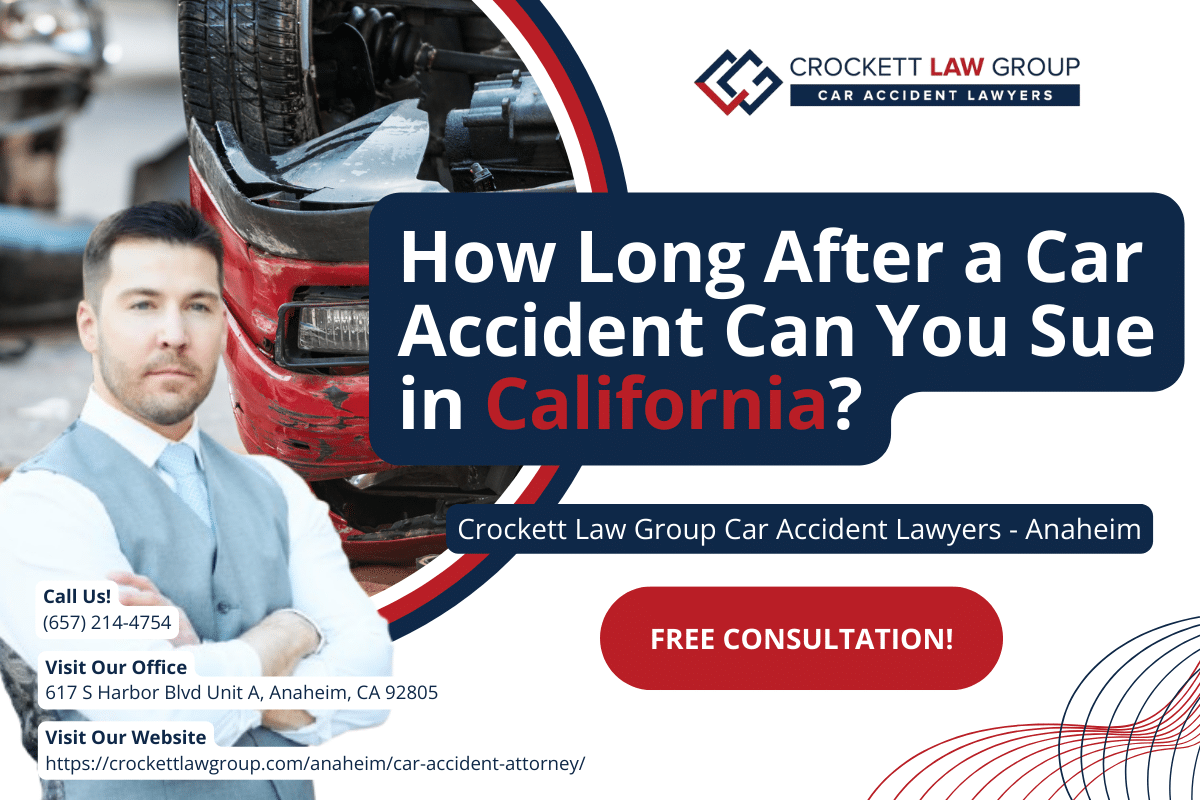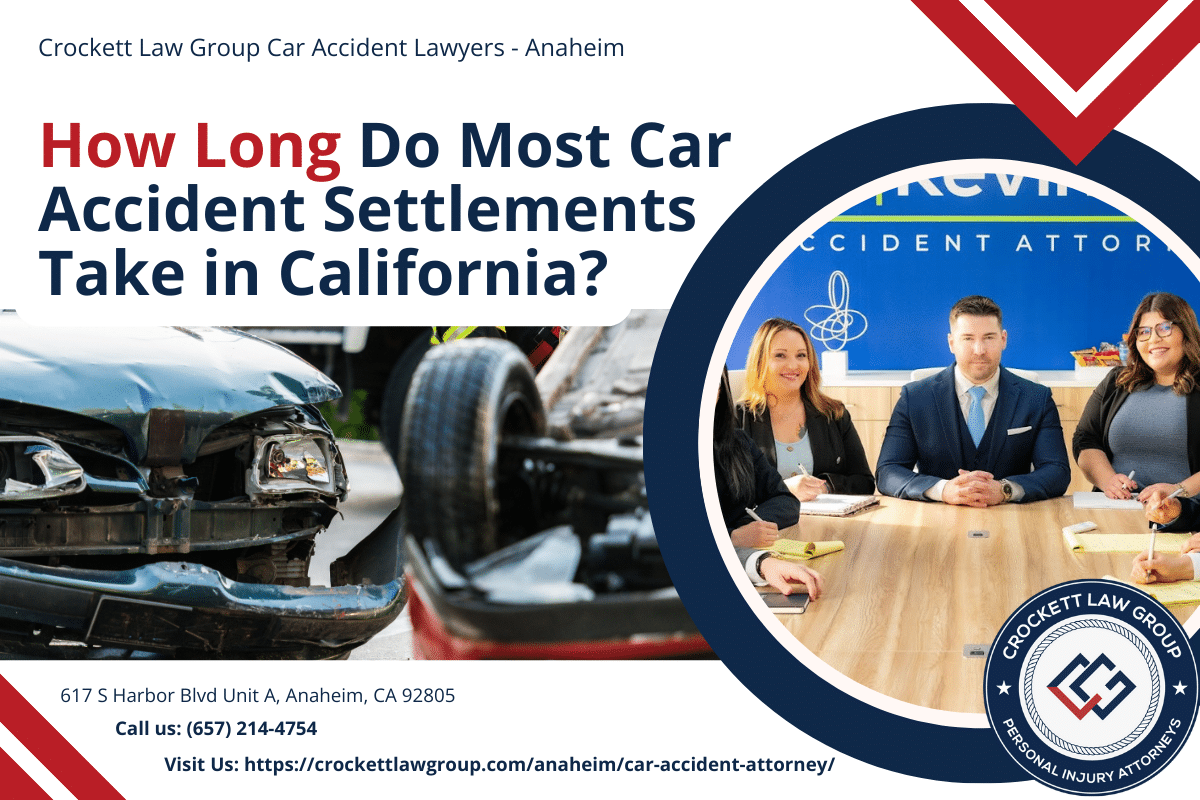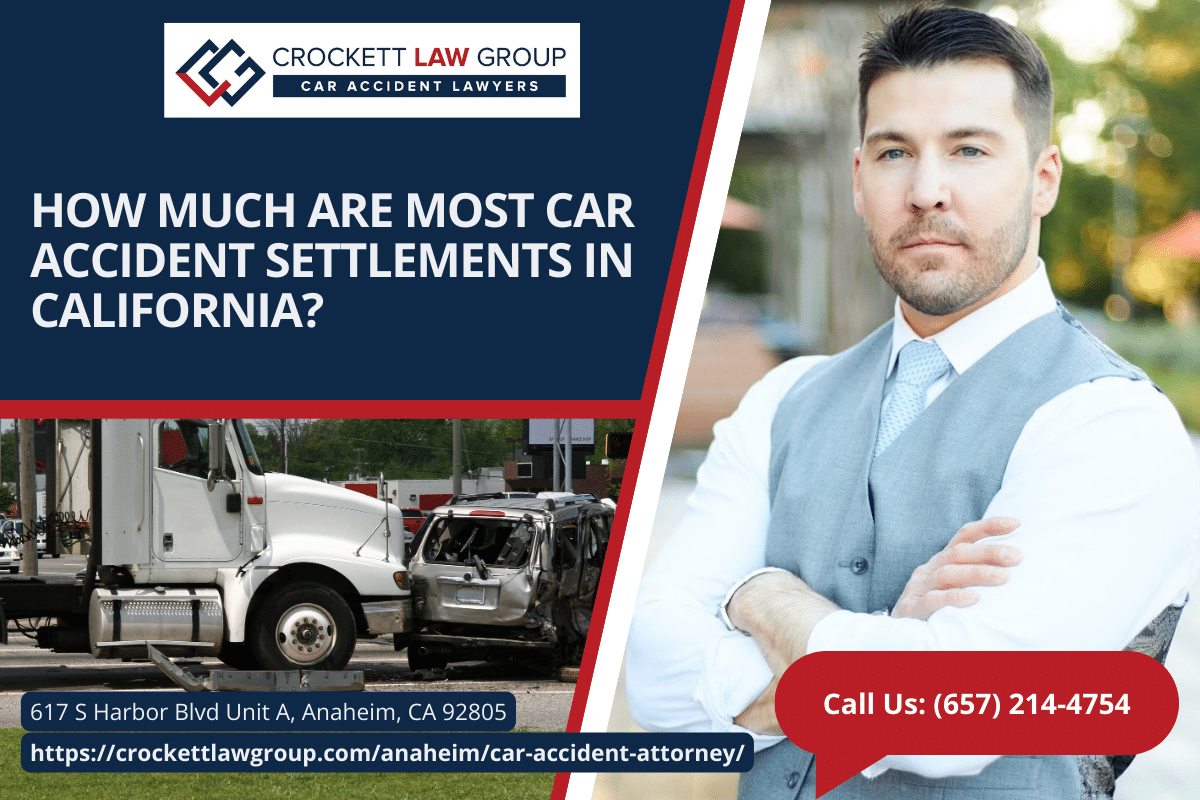In California, there’s no limit to how much you can claim for pain and suffering after a car accident. This means the sky’s the limit—if your injuries, emotional distress, and overall suffering are well-documented and effectively presented. The actual amount you receive depends on factors like the severity of your pain, the method used to calculate damages, and how persuasive your case is in court or negotiations.
What Is Pain and Suffering?
Pain and suffering go beyond just the physical pain of injuries. It includes emotional anguish, psychological trauma, and the impact the accident has had on your quality of life. Whether it’s ongoing pain from a fractured bone, anxiety every time you get behind the wheel, or losing the ability to enjoy your favorite hobbies, pain and suffering cover these non-economic losses that aren’t easily quantifiable.
How Pain and Suffering Are Calculated in California
Because there’s no set formula, calculating pain and suffering damages relies on proven methods and compelling evidence. Here are the two most common approaches:
Multiplier Method
This method starts with your total economic damages—medical bills, lost wages, and other tangible losses. A multiplier, ranging from 1 to 5, is then applied to reflect the severity of your suffering.
Example:
If your economic damages total $15,000 and your lawyer assigns a multiplier of 3 based on your ongoing pain and emotional distress, your pain and suffering damages would be:
$15,000 x 3 = $45,000.
The higher the multiplier, the more severe your suffering, with cases involving long-term pain or permanent disabilities typically earning higher multipliers.
Per Diem Method
The per diem method assigns a daily dollar value to your suffering and multiplies it by the number of days it takes for you to recover fully.
Example:
If your daily earnings were $200 before the accident and it takes you 90 days to recover, your pain and suffering damages would be:
$200 x 90 = $18,000.
This method works well for injuries with a clear recovery period but may need adjustments for long-term or permanent impacts.
View this post on Instagram
A post shared by Crockett Law Group Car Accident Lawyers – Anaheim (@crockettlawgroup.anaheim)
🚨 How Much Can You Get for Pain & Suffering in CA?
💡 There’s no limit in California! 💰 IT depends on your injuries, emotional distress & a strong case—ranging from thousands to millions.
Learn More:https://t.co/ezUWo4ihSPhttps://t.co/2wbuqlc4lo#CarAccident #CrockettLaw pic.twitter.com/zcMANJNE2E
— Crockett Law Group Car Accident Lawyers – Anaheim (@CrockettAnaheim) January 9, 2025
Proving Pain and Suffering
Proving pain and suffering after a car accident isn’t as straightforward as presenting photos of visible injuries like bruises or scars. Chronic pain, emotional distress, and other non-tangible impacts require a strategic approach and solid evidence. This is where an experienced personal injury attorney plays a vital role, helping you build a compelling case that documents your physical and emotional suffering comprehensively.
Since pain and suffering claims often take longer to settle due to the necessity of medical recovery, most cases are resolved 6-9 months after treatment is completed. To maximize your compensation, it’s essential to gather and present a variety of evidence. Here are key types of documentation that can help prove your pain and suffering:
1. Medical Bills and Records
Medical documentation forms the backbone of any pain and suffering claim. This includes:
- Formal diagnoses: Details about the severity of your injuries and their connection to the accident.
- Treatment plans and reports: Information about your recovery journey and future medical needs.
- Prescription receipts: Proof of medications prescribed for pain management.
- Receipts for medical devices: Items like crutches or braces that demonstrate the extent of your injuries.
These records highlight the seriousness of your physical condition and the ongoing care required.
2. Receipts for Accident-Related Expenses
Expenses incurred due to the accident also help illustrate the extent of your suffering. These can include:
- Receipts for hiring professionals to handle tasks you can no longer perform, such as cleaning or yard work.
- Pay stubs showing income lost due to time off work.
- Travel expenses for medical appointments.
These receipts show how your injuries have impacted your daily life and financial stability.
3. Written and Video Diaries
Personal accounts of your experience can be powerful evidence. Keeping a daily log or video diary documenting your physical symptoms, emotional struggles, and overall recovery process provides a detailed and human perspective on your suffering. Sharing how your injuries have affected your ability to work, socialize, and enjoy life can make your claim more relatable and compelling.
4. Witness Statements
Testimonies from those who have observed the impact of the accident on your life can strengthen your case. This includes:
- Accident witnesses: Statements about the immediate pain and distress you exhibited at the scene.
- Friends and family: Observations about changes in your behavior, mood, and capabilities post-accident.
For instance, a partner may note increased irritability, while a friend might share that you’ve stopped attending social events due to pain. These perspectives add depth to your claim.
5. Expert Statements
Your attorney may consult various experts to support your pain and suffering claim:
- Medical Experts: Provide insight into the nature of your injuries, how they were caused, and the long-term effects on your health.
- Accident Reconstruction Experts: Analyze collision data to demonstrate the severity of the crash and establish fault.
- Psychologists or Psychiatrists: Evaluate your mental health and link symptoms like anxiety, depression, or PTSD to the accident.
Expert testimony adds credibility and precision to your claim, helping to quantify the intangible aspects of your pain and suffering.
6. Home Visit by Your Attorney
A home visit allows your attorney to see firsthand how your injuries have affected your daily life. This experience helps your attorney become a more effective storyteller when negotiating with insurance companies or presenting your case in court.
During the visit, they can observe:
- Physical challenges, like navigating stairs or using cabinets.
- Emotional hurdles, reflected in photos or memories tied to activities you can no longer enjoy.
These insights make your attorney’s argument more relatable and persuasive, ensuring your pain and suffering are accurately conveyed.
Why Choose Crockett Law Group Car Accident Lawyers – Anaheim?
At Crockett Law Group, we know how overwhelming it can be to navigate the aftermath of a car accident. That’s why we focus on fighting for the compensation you deserve. From building airtight evidence to negotiating with insurance companies, we’ll guide you every step of the way. With our deep understanding of California’s laws and a track record of success, we work hard to ensure your pain and suffering are fully accounted for.
Ready to Take the Next Step?
Don’t leave your compensation to chance. Contact us today for a free consultation. We’re here to answer your questions, guide you through the process, and fight for the maximum payout you’re entitled to. Let’s get started on building your case—because your pain and suffering deserve justice.
Pain and Suffering Settlements FAQs
How Much is Pain and Suffering Worth in California?
There’s no one-size-fits-all answer, but settlements in California often range widely:
| Severity Level | Average California Pain and Suffering Settlement |
| Low | $5,000–$25,000 |
| Moderate | $25,000–$100,000 |
| High | $100,000 to millions |
Your payout depends on how thoroughly your lawyer builds your case and the strength of your supporting evidence.
Can I Be Compensated for Pain and Suffering Without Physical Injury?
In most cases, California requires some form of physical injury to award pain and suffering damages. Emotional distress alone, without accompanying physical harm, typically doesn’t qualify. However, exceptions may exist in cases involving intentional infliction of emotional distress or extreme negligence, where the psychological impact is severe and well-documented. While rare, consulting an attorney can help determine if your situation qualifies for compensation without physical injuries.










